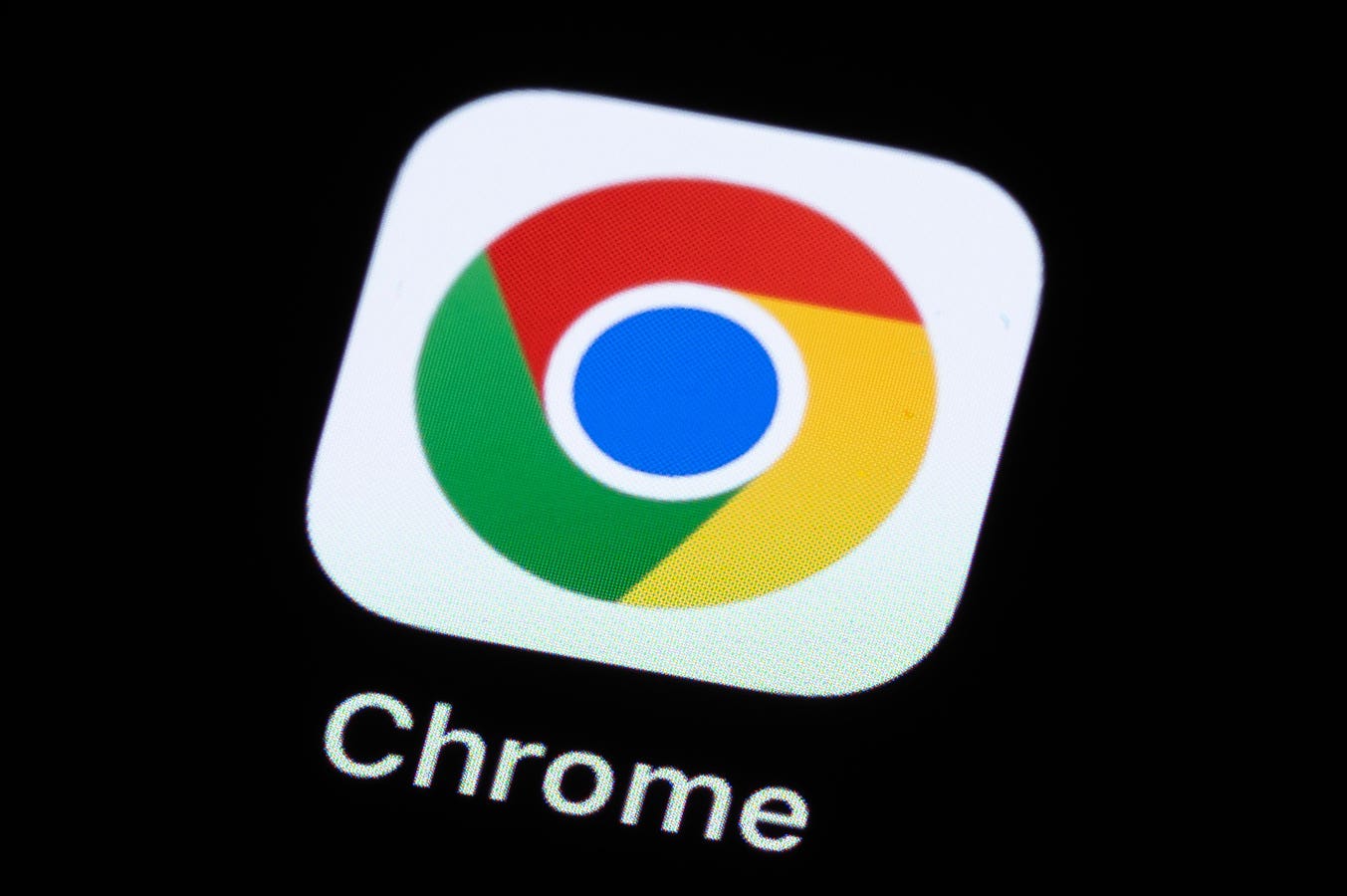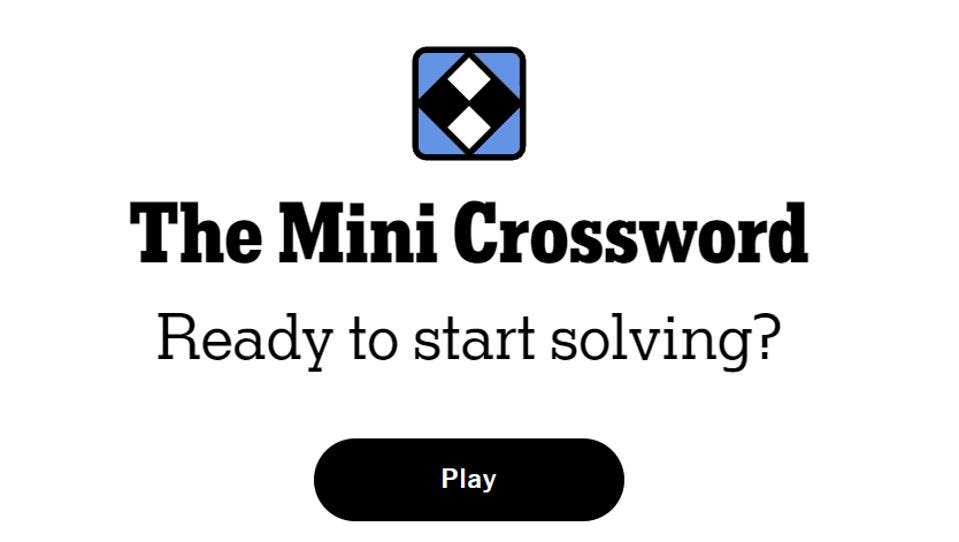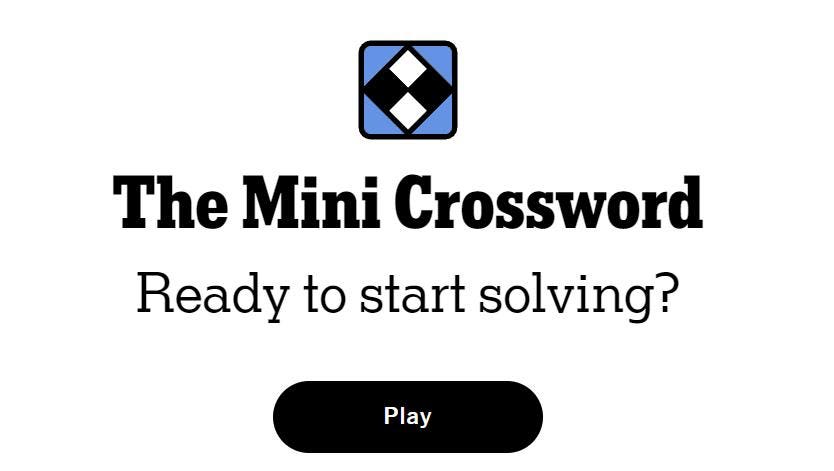Google confirms it will stop updateng Chrome for 300 million Android users in August.
Update, June 28, 2025: This story, originally published on June 27, has been updated with advice from Google on how to check and update your Android version in response to the news that Chrome will stop getting security updates in August for users of Android 8 and 9.
If there is one thing you can guarantee in life, other than death and taxes, it’s that Google will update the Chrome web browser with alarming frequency to fight off attacks using newly discovered security vulnerabilities. That guarantee will disappear for an estimated 300 million Android users starting August 5. Here’s what you need to know.
300 Million Android Devices To Not Longer Get Chrome Security Updates
According to the latest estimates, 4% of the Android user base of 3.3 billion still use Android 8 and another 5.8% use Android 9. While the percentages might seem insignificant in the overall scheme of things, that’s a combined total of more than 300 million devices. It’s also 300 million devices that will no longer benefit from security updates for the Google Chrome browser from August 5.
Ellen T, a Chrome support manager at Google, has now officially confirmed in a Google Chrome community posting, that “Chrome 138 is the last version of Chrome that will support Android 8.0 and Android 9.0.” With Chrome 139 being expected to arrive on August 5, and requiring devices to be running Android 10.0 or later, this means that you will “need to ensure your device is running Android 10.0 or later to continue receiving future Chrome releases,” Ellen T said.
How To Check And Update Your Version Of Android To Ensure Chrome Security Updates Continue
Ellen T has stated that Google encourages all impacted users “to move to a supported Android 10.0 version (or newer) to ensure you continue to receive the latest security updates and Chrome features.” Which is great, but how easy is that going to be in the real world? Google itself, of course, has a support page dedicated to just that question, explaining how to check for and update the version of Android for your device, be it a smartphone or tablet.
“You can find your device’s Android version number, security update level, and Google Play system level in your Settings app,” Google said, adding that you will also get notifications when any operating system updates are available for your specific device. Here are the step-by-step instructions provided by Google:
To check which Android version your device is running currently:
- Open your device’s Settings app.
- Tap About phone or About tablet and then Android version.
- Find your “Android version,” “Android security update,” and “Build number.”
To check for the latest Android operating system updates for your device:
- Open your device’s Settings app.
- Tap System and then Software update. You’ll find your update status.
- Follow the on-screen instructions.
Doing Nothing Is Not An Option – Chrome Security Updates Are Critical
It’s important to note that older versions of the Google Chrome web browser app will continue to work just fine on older Android smartphones and tablets. Assuming that your definition of just fine includes being open to attack by anyone armed with an exploit for the latest security vulnerabilities. Indeed, as time passes, and those security vulnerabilities become common knowledge, with exploits exchanged in criminal forums online, the threat will only increase for any users who have not either updated to a more recent operating system or switched to a different browser app. You know what to do, and the correct answer is most certainly not nothing. You have been warned.








